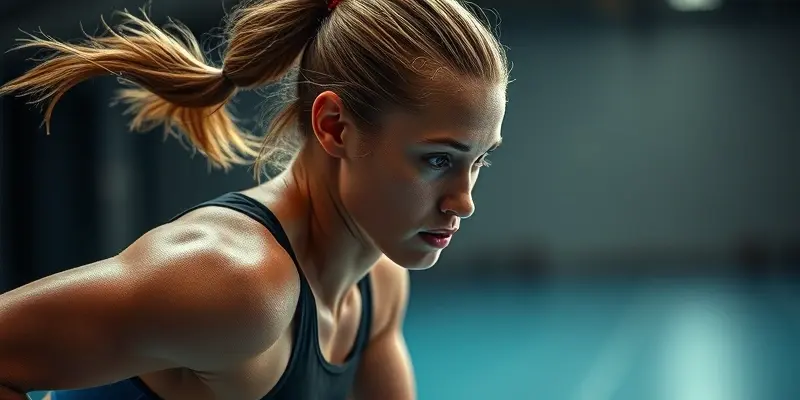Optimize Your Recovery: Swimming Injury Prevention and Effective Comeback Strategies
Swimming is often praised as a low-impact, total-body workout. But did you know that improper technique and poor recovery habits can still lead to setbacks for swimmers of all levels? Whether you’re a lifelong athlete or a weekend lap enthusiast, understanding how to prevent injuries – and how to bounce back if they occur – is essential for long-term progress and enjoyment in the pool.
Why Proper Stroke Mechanics Matter
It’s tempting to focus on speed and mileage in your swim sessions. However, your form in the water is your strongest insurance against injuries. The shoulder, in particular, takes a beating from repeated overhead motion. When technique falters – think crossing the midline on hand entry or letting your elbow drop – extra strain builds up. Over time, this can mean anything from nagging pain to a full-blown impingement or rotator cuff strain.
Pro Tip: Check your posture, both in and out of the water. A neutral head, shoulders held back, and strong chest position not only boost your performance but also lower your risk of chronic pain.
Common Injuries and Prevention Strategies
Shoulder Pain: The Swimmer’s Nemesis
Shoulders get the brunt of the work, making rotator cuff injuries and impingement widespread. Prevention starts with:
- Correcting stroke technique through coaching or video analysis.
- Strengthening periscapular muscles (like the rhomboids and serratus anterior).
- Managing training volume; progress intensity gradually.
Knee Issues (Especially for Breaststrokers)
If you love breaststroke, your knees are doing unique work—sometimes too much! Counteract strain by:
- Building strength and flexibility in the quadriceps and hamstrings.
- Using drills that reduce repetitive lateral knee motion.
Whole-Body Health
Don’t neglect your core! Strong abdominal muscles and good pelvic control prevent lower back fatigue and make every stroke more efficient.
Recovery Strategies for Beginners
Getting back into the pool after a layoff or injury can feel intimidating. Start smart with a step-by-step return-to-swim plan:
- Begin with technique drills at low intensity, focusing on form over speed.
- Incorporate dryland strength routines two to three times per week—think resistance bands, bodyweight moves, and dynamic warmups.
- Increase swim distance and intensity only when pain-free for several sessions.
Example: Alternate kickboard and pull-buoy sets to maintain fitness while limiting shoulder or knee stress.
For a detailed injury recovery checklist, refer to our comprehensive guide to ensure you don’t miss any crucial steps during your comeback.
Nutrition: Fuel Your Comeback
What you eat matters as much as how you train—especially during recovery. Support healing with:
- Ample protein for muscle repair.
- Anti-inflammatory foods (like oily fish, flaxseed, berries) to ease tissue irritation.
- Proper hydration for optimal tissue regeneration.
Even small daily habits, like swapping processed snacks for fruit or adding an extra serving of greens, can compound your recovery progress.
Tools and Gadgets for Smarter Recovery
Enhance your home and pool routine with smart equipment:
- Resistance bands and foam rollers: Perfect for targeted strength and flexibility work.
- Swim snorkels and technique paddles: Allow you to hone form without overloading recovering joints.
- Mobility balls: Great for self-massage on sore areas.
Investing in your recovery tools pays back in reduced injury risk and faster progress.
Staying Motivated During Rehab
Recovery isn’t just physical—your mindset plays a huge role. Try these pro strategies:
- Set mini-goals: Mark small wins, like a pain-free lap or mastering a drill.
- Visualize success: Picture yourself performing at your peak with techniques from visualization for healing.
- Lean on your support network: Share your journey with teammates or fitness groups.
Remember: setbacks are temporary, but smart recovery builds lifelong fitness resilience.
Final Thoughts
Injury prevention and recovery for swimmers boil down to quality movement, attentive strength work, and intentional self-care—in and out of the pool. By prioritizing stroke mechanics, fueling your body, and supporting your mental game, you set yourself up for long-term achievement and enjoyment, no matter where you are in your fitness journey.
Ready to get back in the water stronger than ever? Start with these strategies, and let your next lap be your best yet!

